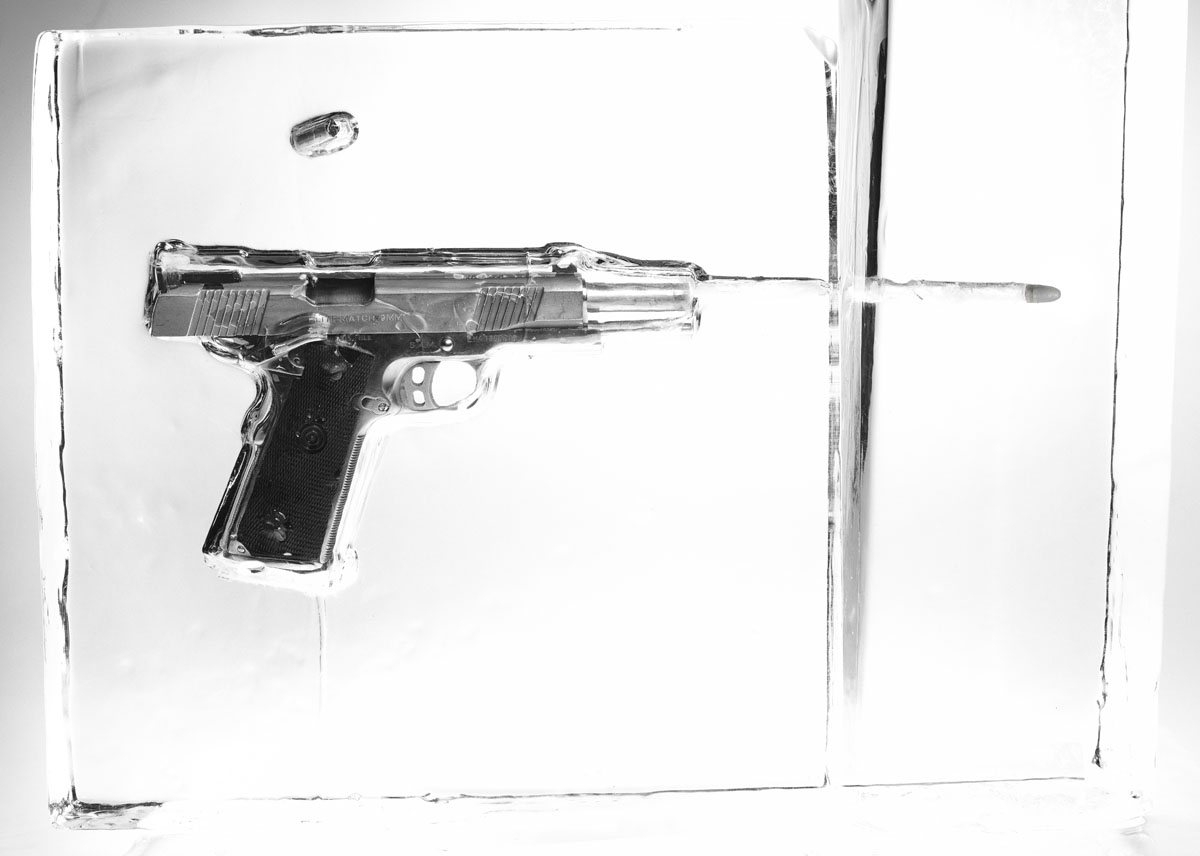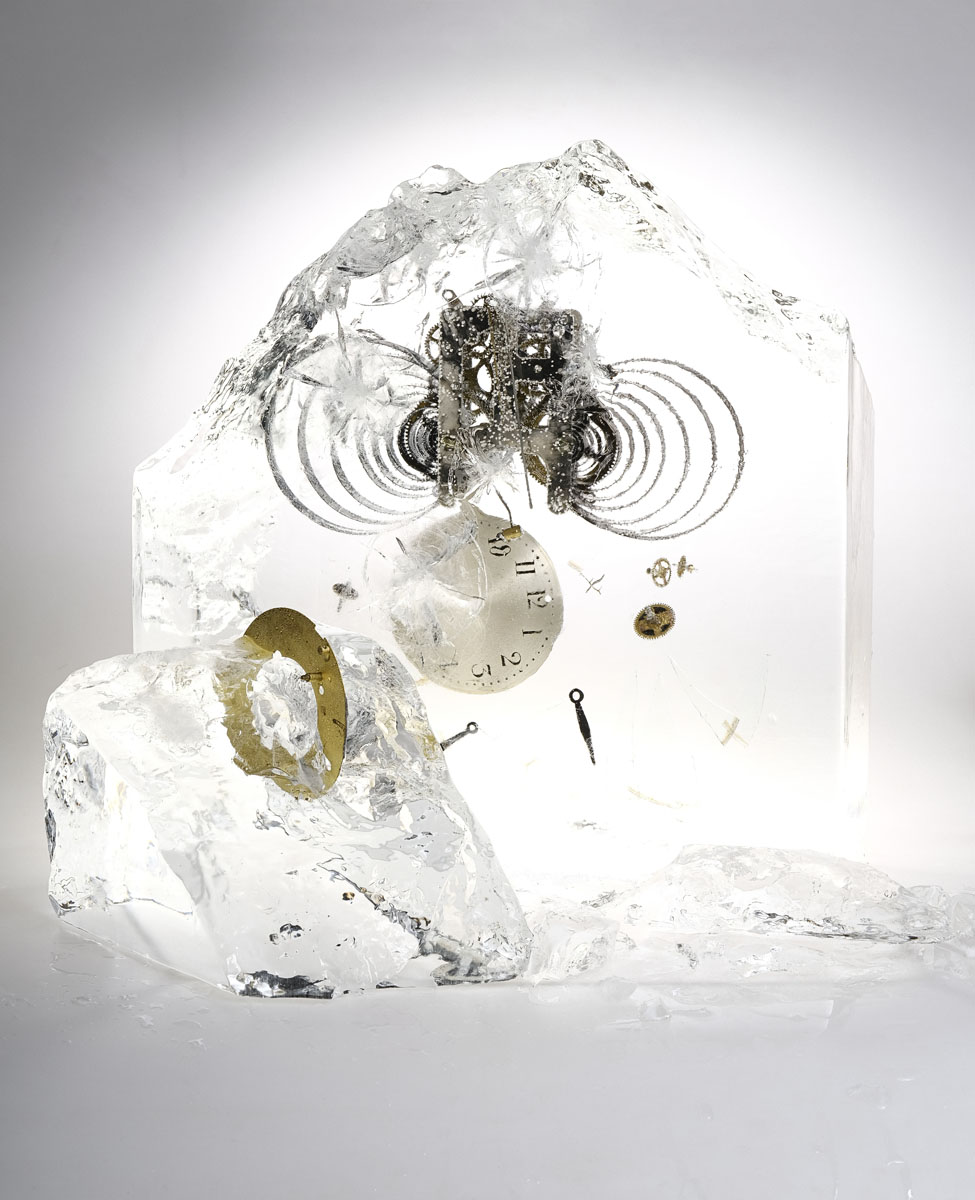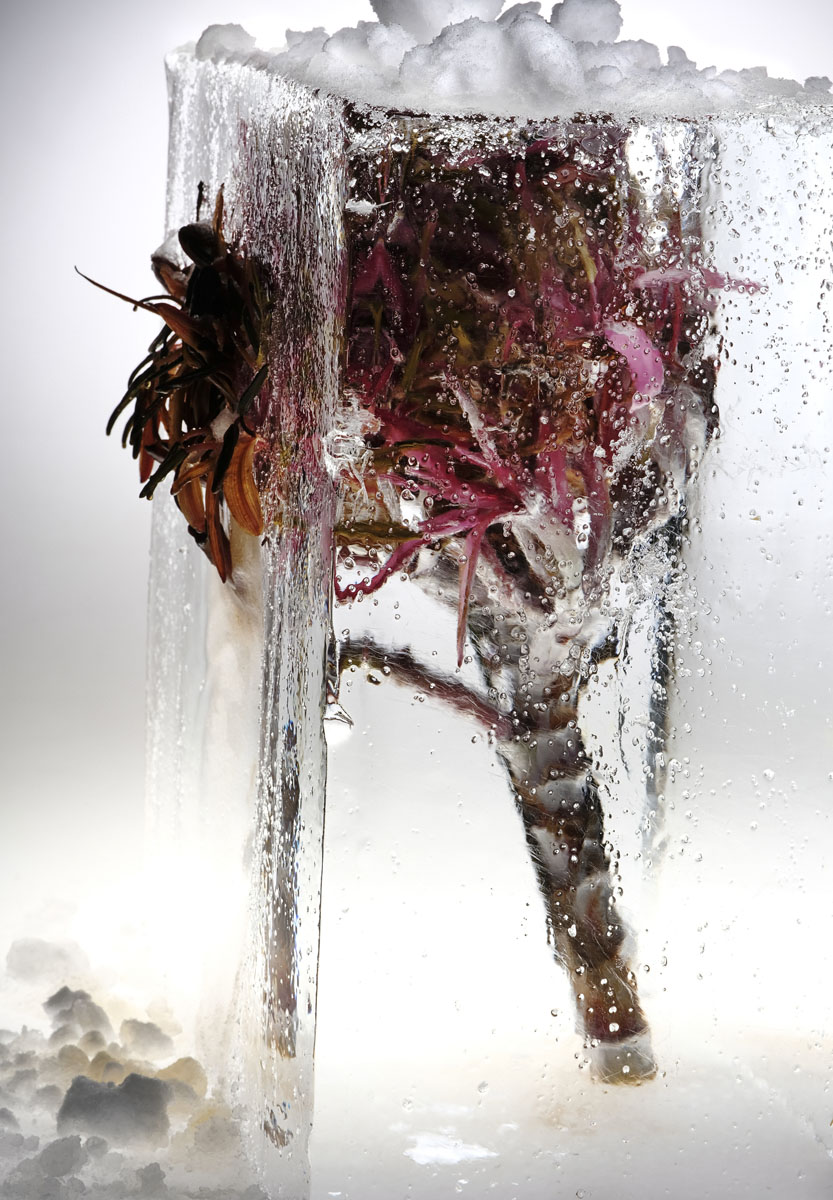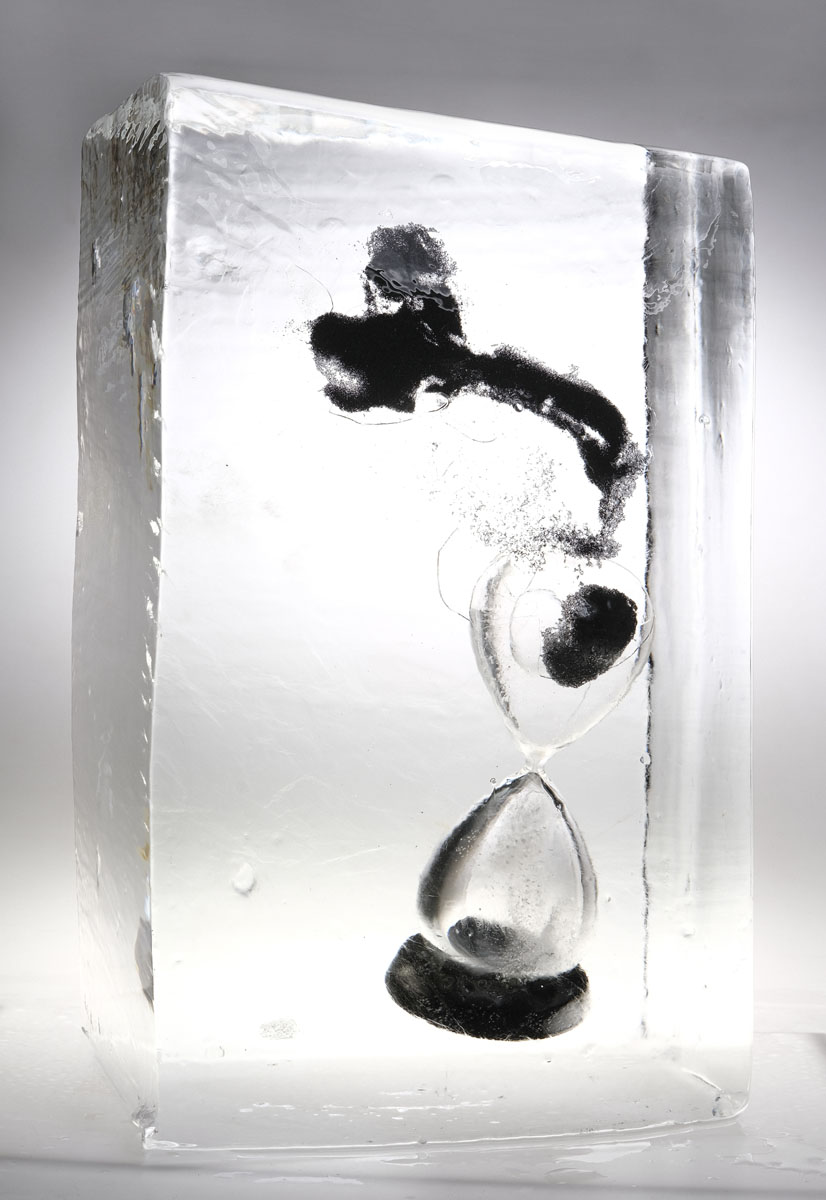
GFX Impression by Gary Heery
Gary Heery
Sinh ra ở Sydney, Úc, Gary Heery học ngành xã hội học và tâm lý học tại Đại học New South Wales. Năm 1974, anh chuyển đến Mỹ, nơi anh đồng sáng lập Ấn Độ Mỹ, một tạp chí ghi lại xã hội và văn hóa người Mỹ bản địa ở Tulsa, Oklahoma. Hai năm sau, anh chuyển đến Los Angeles, nơi anh chụp ảnh bìa album cho Roy Orbison, Frank Zappa, Ray Charles, B.B. King và Joe Cocker. Anh còn chụp chân dung của các ngôi sao điện ảnh và âm nhạc cho các tạp chí bao gồm Life, Esquire, Rolling Stone và Interview. Năm 1981, Heery chuyển đến New York, mở một studio ở Soh, nơi anh chụp ảnh bìa album cho Madonna, Paul Simon (Graceland) và các chiến dịch quảng cáo cho Swatch, Karl Lagerfeld và Sony. Kể từ khi trở về Sydney năm 1987, Heery đã làm việc trong lĩnh vực quảng cáo và thời trang với các khách hàng như American Express, Pepsi, Westpac, Telstra, Toyota, Lane Crawford, Qantas và Coca-Cola. Anh đã chụp các chiến dịch giành giải thưởng cho Hội đồng Len Úc, Trent Nathan, Dove và Sony. Anh đã ba lần vào chung kết Giải thưởng Chân dung CitiBank tại Phòng Trưng bày Nghệ thuật của NSW, người vào chung kết Giải thưởng Chân dung của Phòng trưng bày Quốc gia và được chọn là Nhiếp ảnh gia Hàng năm của Mỹ. Anh là một diễn giả được tìm kiếm rất nhiều tại các hội thảo nhiếp ảnh. Triển lãm và sách của anh bao gồm Nudes.
Recently I was given a test run of the GFX and agreed to use it on a new art project I was working on. I also agreed to let Fujifilm Australia video this project and record my feelings on the camera.
I continually work on new projects and have published 7 books and have a thriving advertising career and have one or two exhibitions a year.
I am not particularly an equipment freak. I treat most things as a portrait and have used this philosophy even when doing still life’s. I usually use a standard lens and look for speed of capture, a great file and of course clarity and sharpness in a camera.
Before digital cameras I used medium format and 4×5 cameras and moved into digital with a Hasselblad and a Leaf back and then to an SLR style format. I have rented and used Phase but found it too expensive to purchase and I like using my own gear. So to find a medium format camera with a big file at a reasonable price was an exciting proposition.
We did our ice shoot on a very hot day and since water and ice were flying everywhere I was happy to know the camera was water resistant. We all know that disaster water and electronics can cause. I started shooting with the standard 63mm lens as usual which I was very happy with and then was astounded by the sharpness of the 110 mm Macro. I wish I had more time to do some comparison tests but we were cranking and focused on getting some great images.
I am very impressed by the quick focus and the clarity of the focus review; the 3.2-inch rotating LCD is a bonus for a 4eyes guy like me. I often struggled with this in the SLR and always needed to be tethered to be really confident of sharpness.
The files were immaculate with great dynamic range and clean shadows. I also enjoyed the choice of profiles and am looking forward to exploring them. The more you can do on the shoot day in the camera the better instead of thinking “we can do that in post” I suppose this is an old school philosophy. The negative was everything and now the file is everything.
I don’t retouch a lot myself and tend to go to professionals, as I like stepping back and seeing the big picture as the say. The thing the retouchers say is the bigger the file the better. Previously big files were slow and I felt I was waiting, something I couldn’t cope with. Not now.
The GFX didn’t let me down. It’s a great camera. A good fit in my large hands, in fact smaller than I thought and easily manageable given the weight of the lens.
I am very excited to explore this camera as I feel I only touched the surface of its versatility.


















































